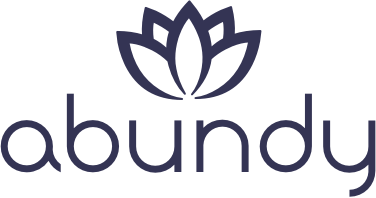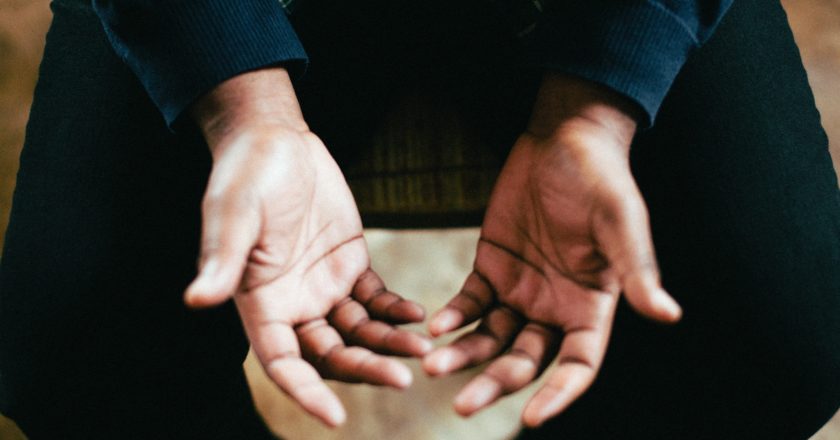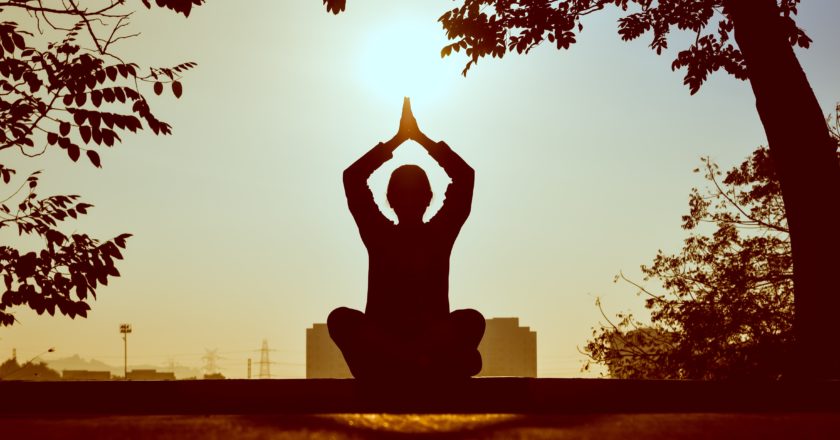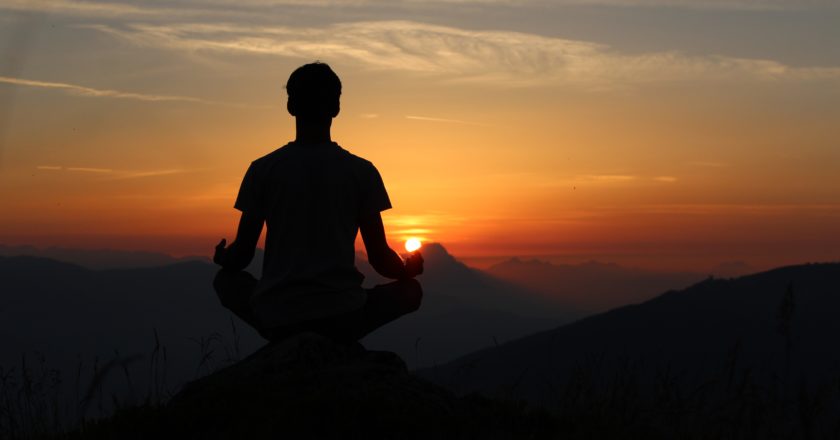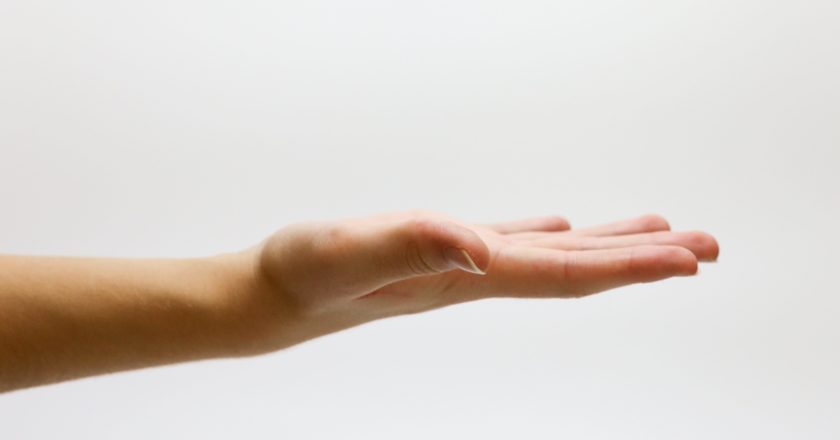Last time I promised you to talk about the meanings of aura’s colors and how to start seeing them with your own eyes.
Remember that all living things radiate an aura from the energy they emit and that auras can reveal information about your thoughts, feelings and dreams. According to those, auras come in all colors, which can vary and can be light or dark shades. The ones closest to the physical body are the densest, gradually becoming more ethereal as they move towards the outer edges of the aura. It’s rare to have only one color in your aura, although it typically shows a predominant one.
For example, a young person aura is a wide span of red around the lower part and a narrow span of magenta/white at the head. As a person matures, the ampleness of the red in the aura, the colour which earths a person to this planet, begins to diminish and is replaced by the expansion of the spiritual colours of magenta and white. When the time comes for the transition of the soul through death, the red colour is practically non-existent, the aura now being totally filled with magenta and white.
Relates to the spleen and life energy. It is the color of awakening, inspiration, intelligence and action shared, creative, playful, optimistic, easy-going. The Yellow Aura individual is a brilliant communicator, workaholic, confident in their skills, not suffering loneliness and have good observation skills. If brilliant yellow: positive awaken playful spirit; dark/brownish yellow: a student, pressured to achieve your goals and score high, with no more love for what he/she is studying; lemon yellow: someone with the fear of loss; pale yellow: individual with a new sense of excitement and hope for the future, embarked on a spiritual journey or discovered latent psychic abilities.
Relates to reproductive organs and emotions. The color of vitality, vigor, good health and excitement. People have lots of energy and stamina, they are creative, productive, adventurous, courageous, outgoing with social nature. Individuals which are normally good-hearted, kind and honest, can be hot headed and quick to lose their temper, successfull in life goals but sometimes impatient to start. If bright orange: very good health; orange-yellowish: a scientific mind and tend to be a bit of a perfectionist, mind challenger; orange-redish: great ego and self confidence.
It is one of the most powerful colors found in an aura. It can be a positive or a negative element. Red represents blood, that’s why it represents the physical body, heart or circulation. The densest color, it creates the most friction. Friction attracts or repels; money worries or obsessions; anger or unforgiveness; anxiety or nervousness. If dark red: centered and grounded to the earth, self-sufficient, and able to survive any circumstance; muddied red: anger; cloudy red: powerful, energetic, competitive, sexual, passionate.
Pink indicates an artist, a loving sensual person who appreciates the finer things in life. If you’ve recently fallen in love, you’ll have a significant amount of pink in your aura. If dark pink: not trustworthy, this color indicates deceit, dishonesty, and an immature person.
This color represents the throat, specifically the thyroid. If your aura is blue, you’re intuitive, and you love helping people, a natural peacemaker. You remain calm during a crisis and others lean on you for support. If royal blue: highly developed spiritual intuitive or clairvoyant, very generous and giving spirit, open to new possibilities; dark blue: don’t trust the future and can’t face the truth due to your desire to take control; light blue: truthful and serene, and you excel in all fields of communication; indigo: relates to the third eye, intuitive, sensitive, deep feeling; turquoise: a powerful healer who helps others discover their inner truths. It’s usually found in doctors, healers, and counselors
Green is the color of the heart and lungs. It is a very comfortable, healthy color of nature. When seen in the aura this usually represents growth and balance, and most of all, something that leads to change. This is usually found within the aura of teachers and people who work for the public good. If bright emerald green: healer, also a love-centered person; green yellowish: communicator, creative with art; forest green: tied to nature and use herbs in your healing practice; dark and cloudy green: a very jealous person and full of resentment, who refuse to accept responsibility for your own actions.
It is associated with the pituitary gland, pineal gland, and the nervous system. The most sensitive and wisest of colors, the intuitive color in the aura, and reveals psychic power of attunement with self. Intuitive, visionary, futuristic, idealistic, artistic, magical individuals. If violet or lavender: a visionary of the highest level, someone who can daydream and change the world with spiritual love.
These auras are found in highly evolved spiritually persons, healers, especially those trained to work with the body’s energy fields. Rainbow auras are typically seen as shards of colorful light, resembling a sunburst. Can be brilliant or pale, but usually a healer’s rainbow aura is often seen as colorful stripes radiating around the hands and head. Often the entire body of a healer or creative individual radiates a rainbow of colors that surrounds the person.
This is the color of abundance, both spiritual and physical. Lots of bright silver can reflect to plenty of money, and/or awakening of the cosmic mind. They are blessed and successfull. Silver people are attractive, exceptionally gifted, talented, lucky and have immense versatility and adaptability. If metallic silver: receptive to new ideas, intuitive, nurturing; dark or muddy grey: residue of fear is accumulating in the body, with a potential for health problems.
As silver, it is a very positive and spitirual color. It relates to the enlightenment and divine protection. When seen within the aura, it says that the person is being guided by their highest good, with protection, wisdom, inner knowledge, spiritual mind, intuitive thinker. The Gold Aura individuals are very attractive to other people and admirers, very charismatic, great listeners and generous, very proud and fiercely independent. Usually they hate to be criticised and cannot stand any of their flaws exposed.
Black auras indicate you’re holding on to negative feelings. Draws or pulls energy to it and in so doing, transforms it. It captures light and consumes it. Typically, it indicates an unwilling and unforgiving spirit, long-term unforgiveness (toward others or another) collected in a specific area of the body, which can lead to health problems (abortion if near ovaries or uterus). It can also indicate past life hurts.
White typically indicates a newness and purity, reflects other energy, it’s a pure state of light. Often represents spiritual, etheric and non-physical qualities in a person, transcendent, higher dimensions, purity and truth, angelic qualities. It can be found in highly spiritual people who’ve transcended the physical and are preparing to ascend. If there are white sparkles or flashes of white light: angels are nearby, or it can indicate that the person is pregnant or will be soon.
The possibilities of what you might see by looking at someone’s aura are endless. And learning to read and protect your own aura can be important to your physical, emotional and spiritual health. You don’t have to be a mystic to read an aura. In fact, it’s widely believed we all have auric-sight (the ability to read auras) and could see them easily when we were children, but them we lost the ability to focus on more mental tasks.
Anyway, seeing auras can be developed with practice. First, you begin to learn how to see your own. At the beginning, you will only be able to see the lower layers of the Aura, with time and practice, you will develop the ability to see the higher levels as well. For this exercise, you will need a quiet room with a white wall, preferably at dusk time, when the light is low and the eyes need to switch to night vision. With time and practice, you will be able to do this exercise during daylight or in any other light conditions and eventually without using the white background.
- Begin by sitting down across from the white wall. Your back should be fully supported by a chair, your feet flat on the ground. Connecting to your breath, take a few minutes for relaxation.
- Extend one arm, palm facing the wall, fingers together. Soften your gaze as you look at your hand. Hold this soft gaze for 30 seconds and you will begin to see energy field surrounding your hand.
- Slowly spread your fingers apart. Continue with the soft gaze looking at your fingers and the space between your fingers. What do you see?
- With time and practice, you will begin to see and outline around your hand and around your fingers. At first, it may appear as a heat wave, almost colorless field, later on, you will begin to see different colors of your aura.
- Patiently observe. There is nothing to strive for. Just being here, in the moment, focusing softly on the hand, on the fingers, and the space between the fingers.
You can do a similar excercise but in front of a mirror. Look into it and look in the center of your forehead between your eyebrows. When done at the correct distance for you (up to 18 feet), you’ll be able to see an aura and its colors.
After having practised for a while on yourself, you can try looking at someone else’s aura, using them as partner in the exercise.
- Have your partner stand against the white wall, not touching it, just standing very close.
- Stand away from your partner so that you can see her from head to toe, including white space behind them.
- Feel your feet firmly planted on the ground and connect with your breath. Close your eyes for a few seconds.
- Open your eyes and with a soft focus look at your partner in a way that encompasses their whole body. Gaze softly, passively noticing whatever arises. There should be no striving to see anything, just allowing whatever arises in the moment.
- You will begin to see the energy field around the head and upper body. This is the area of the body that is easiest to see. At first, it will appear colorless, like a heat wave. With time, you will begin to see colors and you will no longer need a white background.
But before starting practising you have to consider few things:
- Know when it’s time to cleanse. We pick up other people’s energies without even being aware of it. When those energies are negative, they affect our aura negatively (for instance, you’re feeling irritable and anxious for no apparent reason while you’re out with your friends having fun). Even if your aura doesn’t seem out of balance, it’s a good idea to cleanse it periodically to release any negative energies.
- Cleanse your aura. Focus on your root chakra located at the base of your spine and associated with the color red. Then envision yourself engulfed in a shower of brilliant gold light radiating down from the sun. Let the light penetrate your body and your aura. Hold this image for some time. Then envision a violet light extending from the soles of your feet to the top of your head. See and feel it as a warm, protective blanket and believe that it has the ability to heal and protect any gaps in your aura. At this point, the cleansing and healing process is underway, and you should feel yourself becoming stronger, releasing negative energy and feeling more at peace. Meditate on this feeling for a while. Use some music in the background to relax.
- Protect your aura. You can take other steps to protect and strengthen your aura. These include the cleansing meditation written above, massage, create a shield by meditating, invisible negative cord cutting and reiki energy meditation.
- Use ethics while reading and healing auras. When you learn how to see auras, you may be tempted to share everything you see with other people. Aura colors change throughout the day, with each emotion, blockage in the body, thought pattern, energy levels and the flow of prana through the body. So, what you see in the moment is just that, in this moment. You need to be careful about interpreting aura colors of other people. Why? For two reasons. First, when you see the aura of someone else, you are seeing it through your own aura. You are seeing it through your own perceptions, your knowledge, and your beliefs. Jumping to conclusions may not be wise. Use your heart, your mind, and your soul to guide you. Second, once you develop the skill of seeing auras, you will be able to see auras around people anywhere on the street, in shopping mall, at work. Seeing somebody’s aura is like looking into someone’s bedroom and intruding on their privacy. It should not be done without the person’s consent.
Sad but true, it may take a while before you start seeing progress, but don’t give up and keep practising, that is the key! I will be glad to know your own experience, so remember that feedbacks are very much appreciated.
Enjoy your new vision!
![]()
